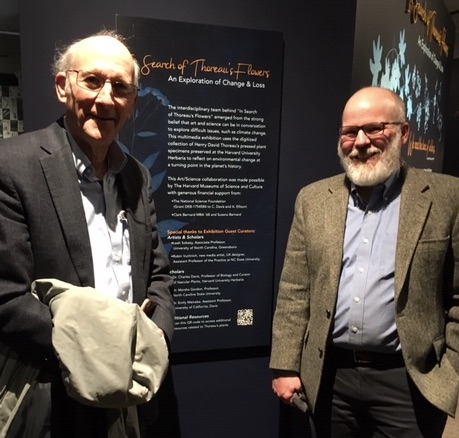By Richard B. Primack
“What a fine & measureless joy the gods grant us thus, letting us know nothing about the day that is to dawn.”
-Henry David Thoreau in his Journal.
In a recent paper in Northeastern Naturalist, Robert Bertin and Caitlin Spind demonstrate the effects of climate change on the flora of New England. Using a combination of historical data from herbarium specimens and current survey records, they found that rare northern species are most likely to persist in cooler towns, whereas rare southern species showed no such pattern.
Rare species also showed a tendency to be lost from towns with a higher human population density, indicating that direct human influence was an additional factor in population decline.
Further studies are needed to determine the mechanisms behind these changes in distribution of rare species. Is it due to drying out of habitats and heat stress during the summer? Lack of snow cover in winter? Mismatches with tree leaf out and pollinators in the spring? Or something else?
Here is the reference:
Bertin, RI, and CG Spind. 2022. Are rare northern plant species retreating from the southern edge of their ranges in southern New England? Northeastern Naturalist 29: 393-414.







.jpeg)
